Main Menu
Homepage / Ask the Trail Sisters / Ask TS: How much can my dog run?
Ask TS: How much can my dog run?

Ask the Trail Sisters Panel of Experts is made up of inspirational and knowledgeable women who share a love for trail running, hiking, and the outdoors. These women volunteer their time and expertise to help others enjoy a better experience on the trails.
Share This Article!
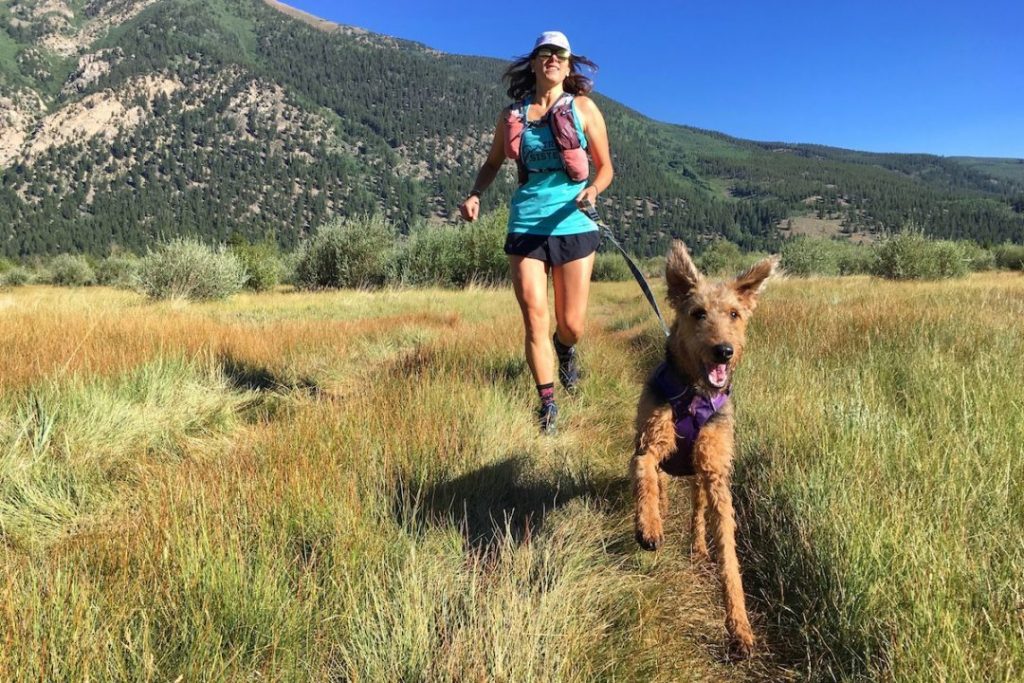

By: Trail Sisters
How much is too much when running with your dog?

Krissy Moehl: Hopefully we don’t find this mark. Often a pup won’t let you know until their body gives out. They don’t typically have the “this is feeling hard” dial in their body, it is more on or off, go or stop. So, we have to temper training for them and I would rather have them have energy than to crash and burn so under doing it than over doing it. And just like us, when we run we need additional fuel. Be sure to give them a recovery meal in addition to their normal feedings on days they run long with you.
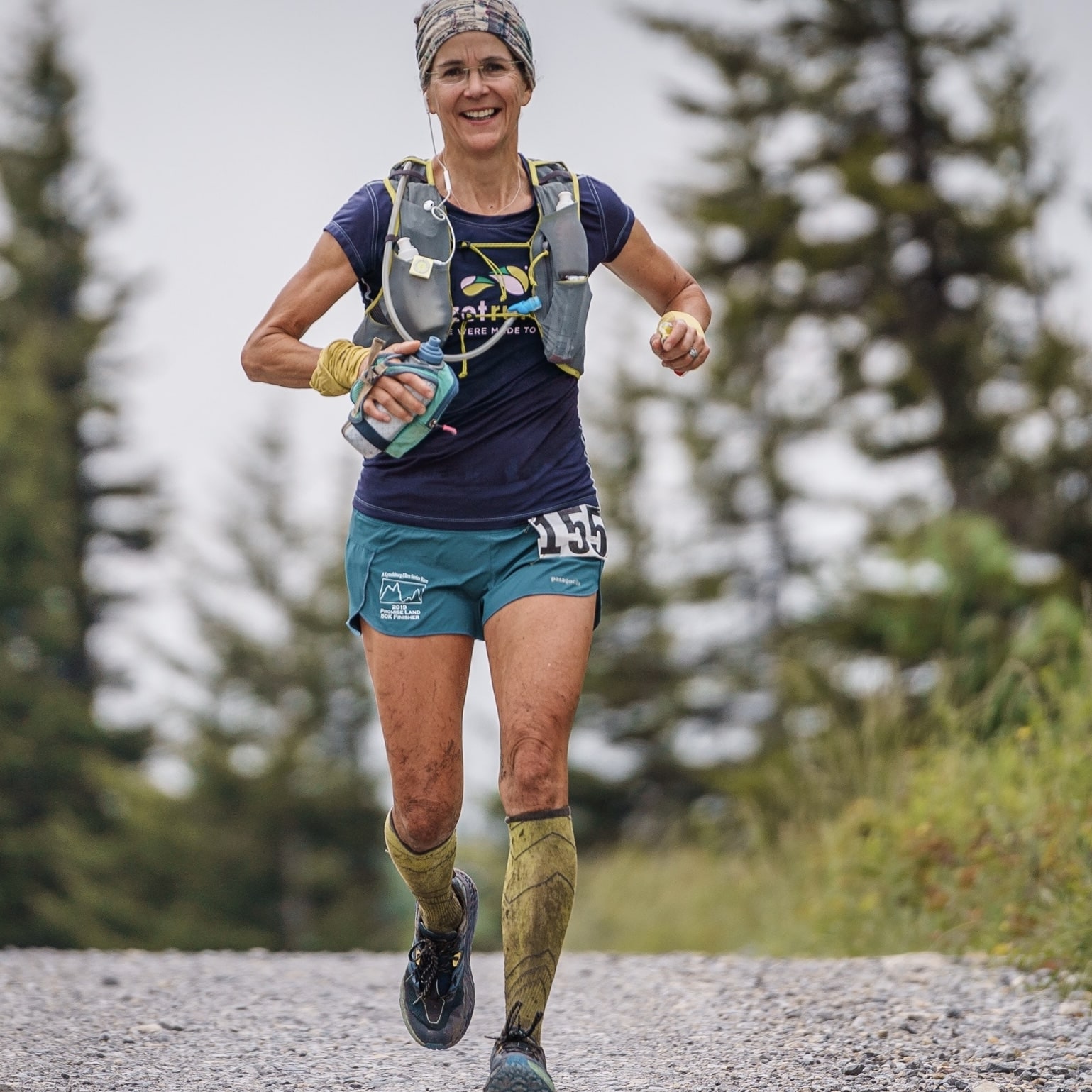
Sophie Speidel: I run 3-4 days a week with my 8-year-old Australian Shepherds. I use the Ruffwear harness and double leash instead of a collar, and always keep them leashed (yes, they are good dogs, but not everyone is comfortable with off-leash doggies approaching them or their pups or children). I try not to take them running if the temperatures are over 55 degrees, and always bring a water source (or make sure I run near one). We typically go for 3-4 miles, though I have gone longer when they were younger and in cooler temps. Running with our dogs is incredibly fun for all, but best to be on the conservative side. Happy trails!
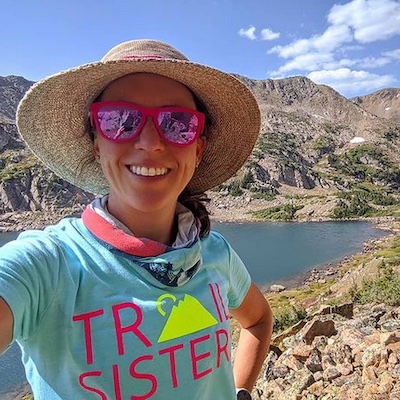
Silke Koester: Temperature is my biggest limiting factor for running with my dog. I have a hard stop at 80F – and often less than that if the sun is blazing. Even if it’s shady or there’s plenty of water on the route, the heat is hard for pups to manage. Early morning runs are my favorite in the warm summer months to enjoy a good outing safely. In terms of distance, I think that most dogs can run pretty far but each dog is different so I’d build up gently and observe their recovery, their paws and their enthusiasm. I’ll only run long distances (>10 miles) with my dog if he can be off-leash & off-road for much of it because this allows him to vary his pace more naturally.

Kristi Confortin: Before I started running with our dog, I asked our veterinarian what the best mileage and running practices were for our dog. After our discussion I felt we had a great guideline of what weekly mileage would look like and how to increase their food. While running with our dog, I always make sure to carry enough water and treats for them during our runs. It’s important to keep an eye out on their energy to continue to evaluate for the rest of the week or even on the run you are on. I always try to remind myself that my pace will look different when running with my dog and to take more breaks if they are needed!
About the Author

Ask the Trail Sisters Panel of Experts is made up of inspirational and knowledgeable women who share a love for trail running, hiking, and the outdoors. These women volunteer their time and expertise to help others enjoy a better experience on the trails.
Share This Article!


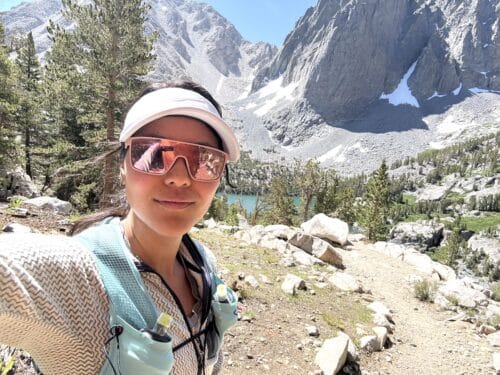





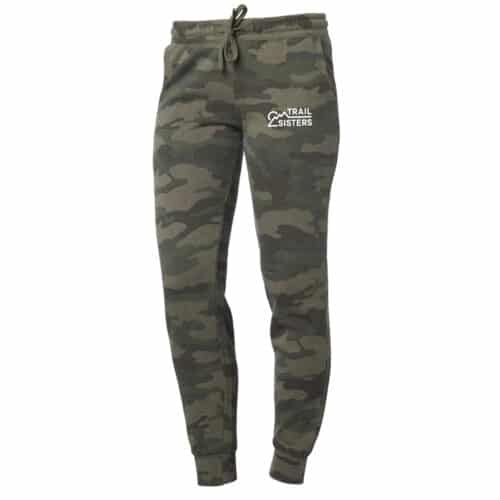
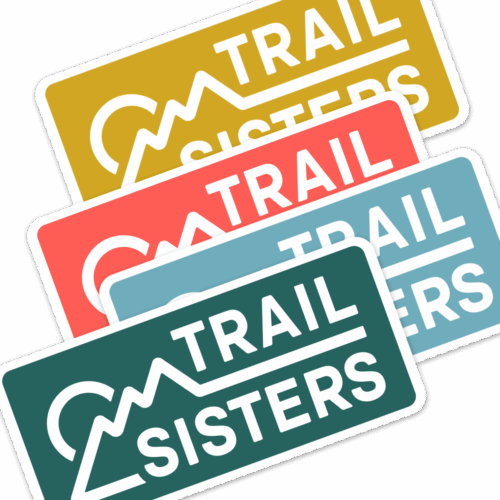



One Response
Excellent topic! As a long time dog trainer and someone who spent a lot of time learning from mushers in Alaska I’d add that age matters. Don’t do a lot of distance until the dog has reached 2 years old and body maturity.
Big dogs can’t dissipate heat very fast for their body size. This holds true for the brachycephalic like pit bulls and pugs too. Little dogs that are closer to the ground can’t get away from the heat rising off the trail so it’s hotter for them.
If your dog is running on the trail check their pads for wear spots…the dog version of blisters.
And for the gear lovers … dog packs and jackets hold heat in so leave those at home. Check harnesses for rub spots and make sure they fit well.
Dogs can get altitude sickness so if they are stumbling or having trouble in the mountains get them to lower elevation.
Last but not least. Feed meals two hours before exercise or one hour after to prevent bloat (GDV).